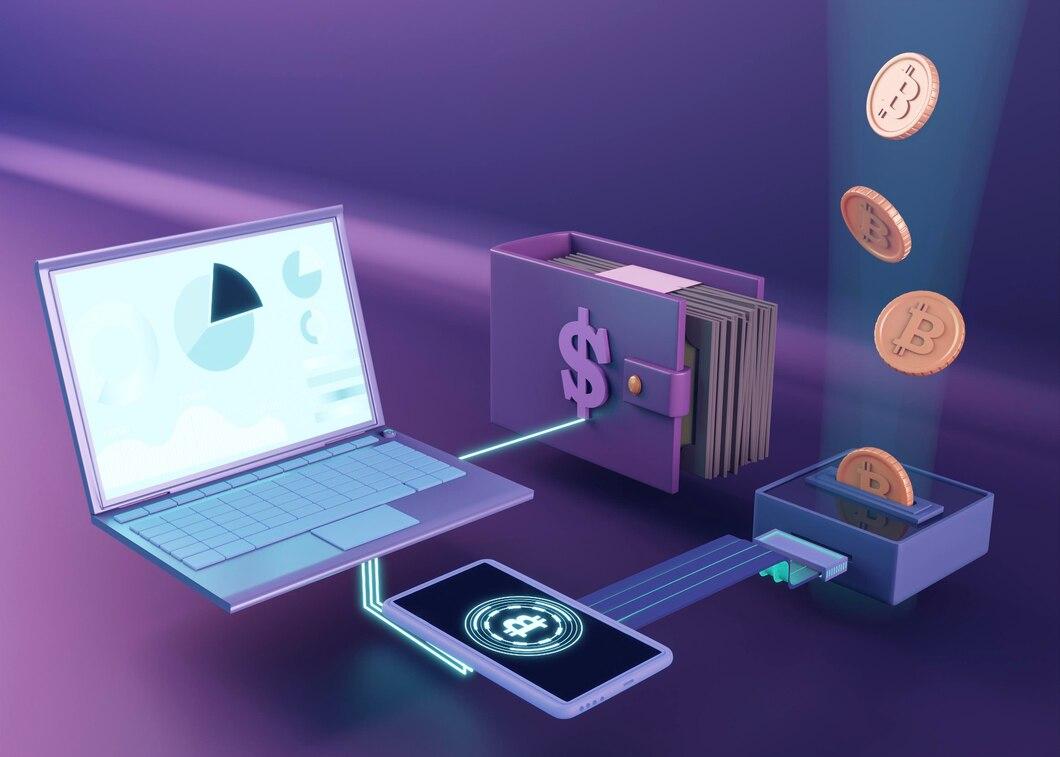Decentralized finance, or DeFi, has become a real breakthrough in the financial world. They offer new opportunities for trading, lending, and investing without the involvement of traditional financial institutions. Let's be clear: the DeFi ecosystem allows users to interact directly with each other through smart contracts. However, this financial progress has not been without problems. Fraud has become one of the main threats facing users.
Understanding how scammers operate in DeFi becomes an integral part of protecting your investments. What should you pay attention to? What schemes do attackers use, and how can risks be minimized? Let's take a closer look at this issue.
Main Fraud Schemes in DeFi
Pump and Dump
One of the most common fraud schemes in the cryptocurrency field is the so-called "pump and dump." It involves a group of attackers first organizing a massive purchase of tokens, thus causing an artificial increase in their price. They then actively promote this token on forums and social networks, creating hype around it.
As soon as the price reaches the desired level, the scammers start selling their tokens, leading to a sharp drop in their value. People who bought tokens at an inflated price are left with nothing. To protect against this scheme, it is important to:
Analyze token price movements and avoid those that are prone to instability.
Study the development team and their reputation to avoid participating in unverified projects.

Fake Smart Contracts
Fake smart contracts are another trick used by scammers. They create fake smart contracts that look identical to the original ones and lure users to invest their funds. Often such contracts have vulnerabilities or backdoors that allow attackers to withdraw funds to their wallets.
To protect against fake smart contracts, it is important to:
- Use only verified and audited platforms.
- Study the code of smart contracts, especially if the project provides this opportunity.
- Trust only those projects that have been audited by reliable companies.
Pyramid Schemes
Pyramid schemes are another method of deception in DeFi. They operate on the principle of attracting new participants who contribute their funds, later distributed among participants of earlier levels. These schemes often disguise themselves as investment projects, promising high returns with minimal risks.
Only a few participants at the very top of the pyramid benefit. Most lose their investments.
To avoid falling into such a trap, you should:
- Pay attention to the realism of the promised returns.
- Check if there is a real product or service behind the project.
- Be wary if the project’s website or social networks lack a description of the team.

Phishing
Phishing is another popular form of fraud encountered both in DeFi and beyond. Scammers create fake websites resembling the original ones to lead users to enter their personal data, including wallet addresses and passwords.
To protect against phishing, you should:
- Always check the website URL before entering personal data.
- Use two-factor authentication to protect your accounts and wallets.
- Ensure you have up-to-date antivirus software and protection against malicious websites installed.

How to Recognize Scammers in DeFi?
Project Analysis
The first step in recognizing scammers in DeFi is a thorough analysis of the project. It is important to find out:
- Who is behind the project? Study information about the development team, their experience, and previous achievements.
- Does the project have documentation such as a whitepaper? This allows for a better understanding of the concept and technology.
Studying Reviews and Ratings
Users actively discuss their findings and opinions about DeFi projects in online communities. Studying reviews and ratings on specialized forums and platforms can suggest whether to invest in a particular project.
Checking the Community
The presence of a large and active community is another positive sign. However, it is also important to pay attention to the ways communication is conducted. If reviews seem suspiciously positive or, on the contrary, too critical, this may be a sign that the project is associated with scammers.
Using Analytical Tools
There are special tools and platforms that help identify potential fraudulent projects. They can analyze token movements, their structure, and the reputation of developers.

How to Protect Your Investments in DeFi?
Portfolio Diversification
The first rule of asset protection is diversification. By investing in various projects and tokens, you reduce the risk of losses. If one project turns out to be fraudulent, it will not lead to the complete loss of your funds.
Using Hardware Wallets
For storing cryptocurrency, it is better to use hardware wallets as they provide a higher level of security compared to software ones. Hardware wallets store your private keys offline, making them virtually inaccessible to hackers.
Updating Knowledge
The DeFi industry is constantly evolving. Knowledge of current threats and protective measures will help you stay one step ahead of scammers. It is recommended to regularly read news and articles on the topic and keep up with new security tools.
Exercising Caution When Investing
Do not forget common sense. If an offer looks too good to be true, it is most likely a scam. Before investing, weigh all the risks and check the project for "red flags" (such as anonymous developers or lack of transparency).
DeFi represents an exciting and promising sector of finance, but with its growth, the level of fraud also increases. Understanding the schemes used by scammers and applying effective protection strategies will help you minimize risks and keep your investments safe. Do not forget to be attentive and critical of new projects. This is the key to successful investments in decentralized finance.
